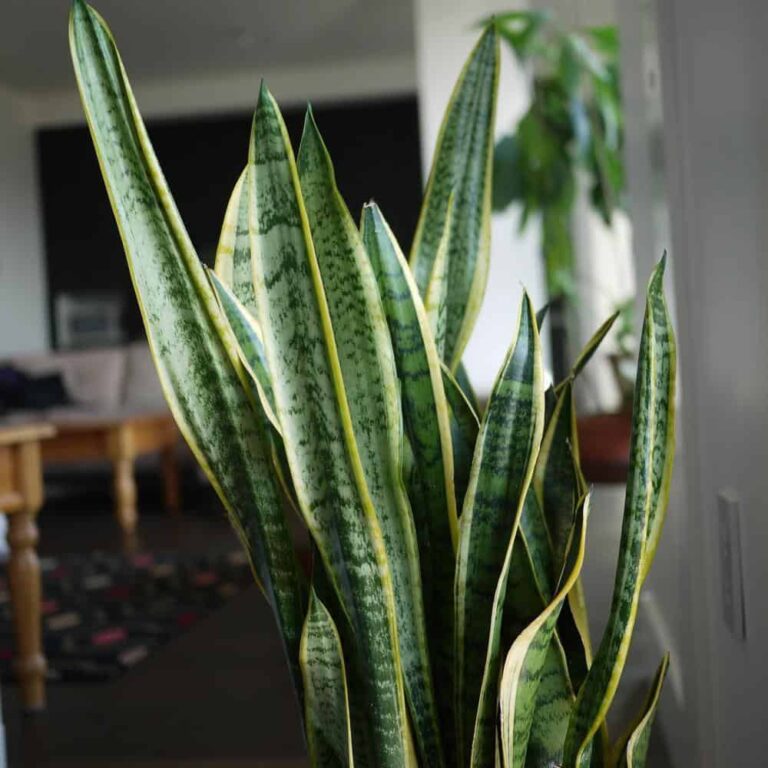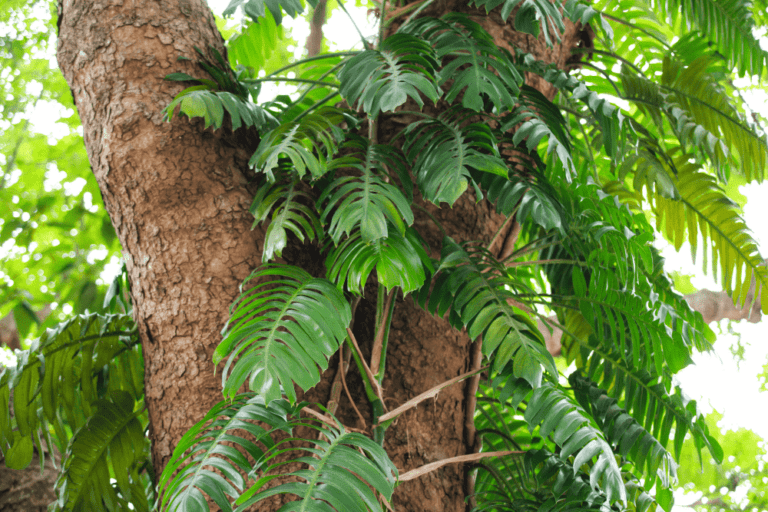Growing the Hawaiian Ti Plant Easily
You have to like a plant with the moniker, good luck plant. Who can’t use a bit of extra good fortune? The Hawaiian ti plant is a broadleaf evergreen that comes in a variety of sizes and colors. It’s a vibrant tropical plant that will bring a bit of island magic to your garden or home. Its stunning feature is its long colorful leaves. Continue reading to learn more about this plant.
What Is the Hawaiian Ti Plant?
Its name probably says it all. The Hawaiian ti plant (Cordyline fruticosa, syn. Cordyline terminalis) is a tropical member of the Asparagus Family, yes, that asparagus. The group includes other exotic-sounding plants like agave and yucca. Like many tropical plants, it is an evergreen plant that can provide year-round interest in the right location.
Also known as the Hawaiian good-luck-plant, it excels as a focal point with its eye-catching, lush foliage. You’ll find it with green leaves, but you’ll also see many cultivars with brightly colored leaves in red, orange, or yellow variegation. The name of the cultivar often provides this information with descriptive names like ‘Painter’s Pallette’ or ‘Oahu Rainbow.’
Planting the Hawaiian Ti Plant
You’ll find a broad spectrum of sizes with cultivars and hybrids of the Hawaiian ti plant. You can opt for a plant that will suit your tastes and size allotment. Heights range from 3 to 10 feet with spreads up to 4-foot wide—and everything in between. You’ll also find miniature varieties like ‘Ballerina’ and ‘Baby Doll’ that may be more suitable for houseplants.
Care and Maintenance
The Hawaiian ti plant’s optimal range as an outdoor plant is limited to USDA Hardiness Zones 10 to 12. It’s not surprising given the fact that it lives in southeastern Asia and throughout the Pacific. Even though you may not be able to have it in the garden, it makes an excellent houseplant for bringing a bit of the tropics indoors.
Light and Temperature
The best conditions for the Hawaiian ti plant replicate its native habitat. That means bright indirect light. Outdoors, you’d be looking at partial to full sun. And as you might also surmise, the Hawaiian ti plant prefers it warm with temperatures well above the Zone 10 extreme low of 30 degrees Fahrenheit. It thrives best in temperatures over 55 degrees.
Light is important on several fronts. Of course, a tropical plant would love sunlight. But it’s also essential for maintaining the lovely variegation of its leaves. When it doesn’t get enough sunlight, the coloring will fade and turn the leaves a solid green color. How boring is that? It goes both ways. While it can tolerate low light and survive, direct sunlight might scorch its leaves.
Moisture Needs
The climate of Hawaii is best described as mild temperatures all year round with moderate humidity. The Hawaiian ti plant prefers moist soils, especially during the growing season. You should water the plant regularly, but avoid over-watering which can lead to root rot. You shouldn’t wet its leaves to prevent fungal growth. Water at the base of the plant.
Soil Conditions and Fertilizing
The Hawaiian ti plant prefers soils on the acidic side within the range of 5.6 to 6.5. You can use a peat-based soil mixture as long as it falls within that pH range. Just make sure that it is a well-draining mix if you’re planting in it in a container. Proper drainage is essential to keep your plant healthy.
If you’re planting the Hawaiian ti plant outdoors, you should do a soil test before planting. Then, amend the soil with compost or other additives to get the pH in its optimal range. Regarding fertilizer, the plan will vary depending on whether you have them in the garden or a container. The Hawaiian ti plant is one that you’ll grow for foliage as a houseplant. It rarely blooms indoors.
The fertilizer mix should favor this growth with a higher ratio of nitrogen for houseplants. You should fertilize outdoor plants at the beginning of the growing season to support both foliage and flower development. During the winter months, you can reduce applications to once a month. If you notice yellowing of the leaves, the plants need an extra boost of magnesium.
Fitting In
The range of cultivars and hybrids makes it easy to find a plant that will work for your situation. You can also keep its growth in check by topping them. Unlike shrubs and trees, the growth of the Hawaiian ti plant comes from the base. You needn’t worry about ruining its shape or hurting the plant as long as you use sharp pruning shears.
Propagating New Plants
You can easily grow new plants from your established one with cuttings from the stems. Place the cut ends into moist soil to encourage root development. You can also propagate plants with air layering. You can then spread your good luck with plants as gifts for friends and family.
This video from the Virginia Cooperative Extension Master Gardener walks you through the process of propagating plants with air layering using a rubber tree as an example.
Special Care Notes
The Hawaiian ti plant has one critical special care note regarding water. Fluoride in tap water is toxic to these plants. It begins with brown leaf tips and will spread to the leaves. The lower pH of the soil will help it endure it. You can also leave tap water to sit out before using it to water your plants. You might also want to consider using a rain barrel to collect rainwater.
The Hawaiian ti plant is an attractive plant for the southern garden or as a beautiful indoor plant that will bring plenty of color to a room. With many cultivars available, you’ll be able to pick the right plant to match the color scheme and mood of your garden or indoor space. And you’ll also appreciate the extra bit of luck it’ll bring to your home.
Photo by daryl_mitchell licensed under CC By-SA-2.0.



